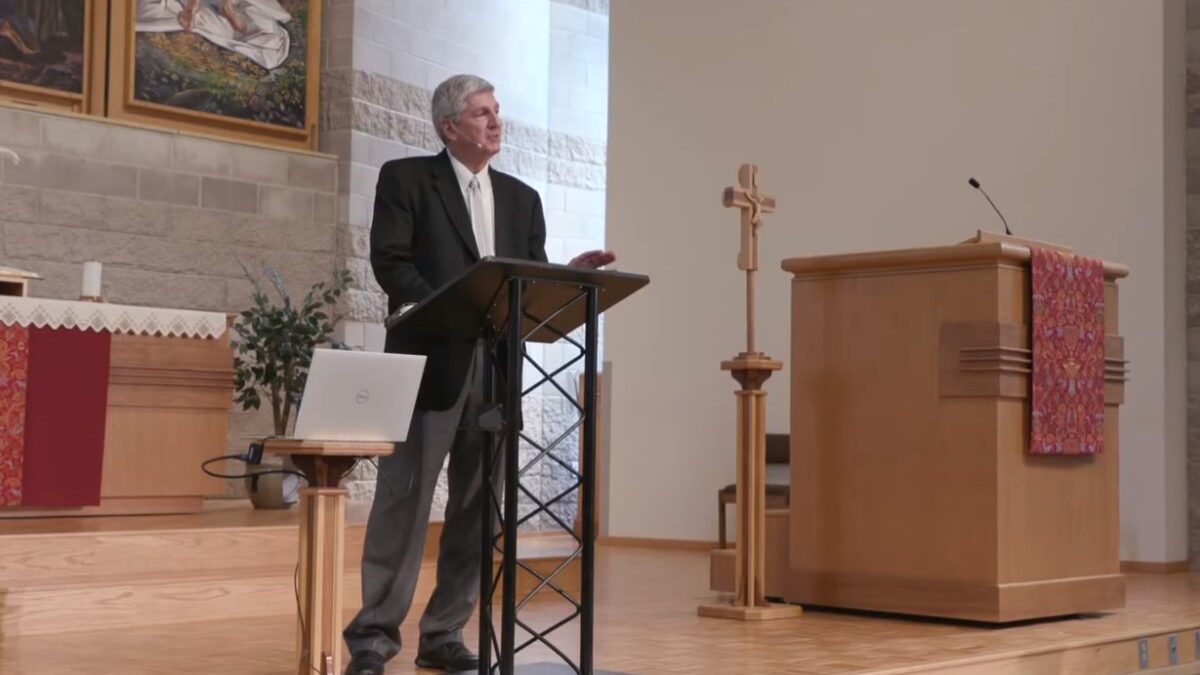
College students love to complain about how busy and overwrought they are with classes and studying. Come midterms and finals, there’s no end to the caffeinated drinks and cramming. But just how much time are college students really spending on their education?
The Heritage Foundation recently compiled data from the Bureau of Labor Statistics’ American Time Use Survey from 2003–2014 answering just this. Unless you’ve spent much time on a university campus, the results might surprise you.
According to the survey, the average full-time college student spends only 2.76 hours a day on education-related activities. This includes both class time and studying, for an average of 19.3 hours every week. The number is lower for those who have part or full-time jobs (8.5 and 19.9 hours a week, respectively), and higher for those who don’t (24.9 hours per week). Meanwhile, the average student spends 4.4 hours per day in leisure activities, not including shopping, grooming, personal care, housework, cooking, or eating.
That is, students are spending almost three times as much time on leisure, shopping, and eating as they are going to class and doing their homework. Heritage broke out the survey results in this handy chart:
Keep in mind, guidelines advise students to study two to three hours per week for every credit hour they’re taking. Full-time college students take, at a minimum, 12 credit hours, meaning they are in class 12 hours a week, and should, theoretically, study an additional 24 to 36 hours per week, for a total of 36 to 48 hours of education-related activities. Many students want to finish their degree as quickly as possible for financial reasons, and therefore take 15 or 18 credit hours, which should increase their homework load even more.
This means a significant portion of undergraduates aren’t even coming close to the targeted amount of time needed to adequately complete their coursework. While that might surprise the average person, it’s hardly shocking to anyone who has taught in a university classroom. Students frequently come to office hours complaining about their grades, only to admit that, well, no, they’re not really spending more than 20 minutes right before class preparing their homework.
We’re Just Here to Check a Box
This raises the question of whether college students are sufficiently learning the topics they’re being taught—or whether universities have begun giving out rubber-stamp degrees. The fact is, college students seem to know much less in general today than they did 30 years ago. A 2012 study found that less than 5 percent of college students knew that Monticello was the home of Thomas Jefferson, that Marie Curie discovered radium, or who wrote “Sherlock Holmes” or “Brave New World.” The study also found that far fewer students today know that Paris is the capital of France, compared with students in 1980.
Because our society requires a bachelor’s degree for many jobs, many students arrive at college who have little interest in the pursuit of knowledge or even gaining expertise in a given field. They just need to get their diploma so they can get a half-decent job. So it should come as no surprise that they devote so little time to their studies, and have so much difficulty following through with assigned coursework. Only 60 percent of college students who enrolled in a four-year college in 2008 earned their degree within six years. How can it be this difficult to complete a four-year program, especially in light of the continuing increase in grade inflation?
Part of the problem is that campuses today are much more than a place to take classes. They are full of so many distracting activities that students often forget coursework is the primary reason they are there. Climbing walls, sporting events, fraternities and sororities, and countless other activities make it easy for students to be absorbed in anything but their classes. I’ve often heard students complain about how exhausted and busy they are—mainly because of their extra-curricular activities.
While some of these activities are worthwhile pursuits, like being involved in student council or business clubs, most are not. But even involvement in the valuable ones should come second to the priorities of the classroom. Based on the recent spike in campus unrest, college students are also making plenty of time to protest any number of perceived social injustices, like having Condoleezza Rice give a commencement speech or the cultural appropriation of serving Asian food in the school cafeteria. If only they devoted the same passion and time toward reading a history book on the Civil War.
The Faculty-Student Nonaggression Pact
Larger universities in particular are a self-contained world with all of the luxuries and comforts a young person could want. This ecosystem of entertainment and ease supports a large and ever-growing number of non-faculty employees. To have food courts, gyms, counselors, and subsidized health care at their disposal, universities must employ a massive administrative staff.
The rising salaries of these administrators is what keeps driving up college tuition. Benjamin Ginsberg, a political science professor at Johns Hopkins University who has written extensively on administrative bloat, speculates that the number of administrators on university campuses has gone up by 300 percent in the last 40 years, increasing tuition roughly 40 percent. This rise in tuition, of course, gives little incentive for the universities to downsize—as does the availability of taxpayer-backed federal student loans and grants.
And then of course the faculty and staff must also have services made available to them, as though they were also students. The University of Texas at Austin, for example, has faculty and staff wellness programs run by non-faculty staff, and highly subsidized health-care and child-care plans that would make most Fortune 500 employees green with envy.
The sad truth is that universities have begun to exist for the sake of their own existence, rather than the education of their undergrads. Meanwhile, students are taking their studies less and less seriously as they realize that they need only go through the motions to graduate and get on the job market, which is their ultimate goal. No wonder they’re spending their time on everything except their studies.
A version of this article first appeared on the blog See Thru Edu.









